Beskrivning
This 5-day course is intended for those wishing to qualify with CompTIA IT Fundamentals Certification.
CompTIA Information Technology (IT) Fundamentals Certification is the essential qualification for beginning a career in PC support.
Please note – the exam is not included with this course.
Target Audience
CompTIA IT Fundamentals is a starter qualification for students and career changes to help decide whether they can be successful in pursuing a career in IT.
It is ideal for those with no previous computer experience considering a career as an IT technician or in IT customer support / helpdesk.
Prerequisites
CompTIA IT Fundamentals is aimed at those considering a career in IT and computer-related fields. Consequently, there are no special prerequisites for you to meet to successfully start this course. We have made the assumption that you don’t know much about how computers or software work, or even how to use them. Some experience with using a keyboard and mouse will be helpful but is not essential.
Learning Outcomes
This course is designed to help you acquire the knowledge and skills to set up and use a computer at home securely and keep it in good working order, provide informal support for PCs and simple computer networks to your colleagues in a small business, and prepare to study for the CompTIA A+ certification in PC support skills or other advanced IT education programs.
On course completion, you will be able to.
- Set up a computer workstation running Windows and use basic software applications.
- Understand the functions and types of devices used within a computer system.
- Apply basic computer maintenance and support principles.
- Configure computers and mobile devices to connect to home networks and to the internet.
- Identify security issues affecting the use of computers and networks.
Course Outline
- Common Computing Devices
- Information Technology
- Personal Computers (PC)
- Mobile Devices
- Internet of Things (IoT) Devices
- Setting up a PC System
- Ergonomic Concepts
- Navigating an OS
- Using Input Devices
- Recognising Desktop Icons
- Working with Windows
- Functions of an Operating System
- Types of Operating System
- Microsoft Windows
- Apple macOS and iOS
- Linux, Chrome, and Android
- File Explorer
- Windows Settings and Control Panel
- Using a Web Browser
- Management Interfaces
- Process and Service Management
- Memory and Disk Management
- Command Line Interfaces
- Access Control and Protection
- Support and Troubleshooting
- Identifying the Problem
- Understanding the Problem
- Resolving and Documenting the Problem
- Troubleshooting PC Issues
- Getting Support
- Using a Search Engine
- Notational Systems
- Units of Measure
- Data Types
- Data Representation
- The Value of Data
- Intellectual Property
- Data-driven Business Decisions
- Installing Applications
- Application Management
- Managing Software Licensing
- Productivity Software
- Collaboration Software
- Business Software
- Programming Logic
- Programming Languages
- Programming Concepts
- Object-Orientated Programming
- Scripting Languages
- Application Platforms and Delivery
- Database Concepts
- Database Structures
- Relational Methods
- Database Access Methods
- Application Architecture Models
- Selecting a Computer
- Motherboard Components
- Processors
- Features of Processors
- System and Expansion Bus Technologies
- System Cooling
- BIOS and EUFI System Firmware
- Computer Port and Connector Types
- USB and Firewire
- Graphics Devices
- Graphic Device Interfaces
- Input Devices
- Configuring Peripherals
- Bluetooth
- RF and Near Field Communications (NFC)
- Networking Interfaces
- Installing and Uninstalling Peripherals
- Display Devices
- Display Settings
- Multimedia Ports and Devices
- Printer Types
- Installing and Configuring a Printer
- Scanners and Cameras
- System Memory
- Mass Storage Devices
- Optical Discs and Drives
- Removable Flash Memory Devices
- Managing the File System
- Folders and Directories
- File Explorer
- Files
- File Attributes and Permissions
- Searching for Folders and Files
- File Types and Extensions
- Networking Components
- TCP/IP
- Internet Protocol
- Packet delivery and Forwarding
- DNS and URLs
- Internet Application Services
- Internet Service Types
- Wireless Internet Services
- Setting up a Wireless Network
- Configuring a Wireless Client
- Connecting to an Enterprise Network
- Safe Browsing Practices
- Configuring Browser Security
- Managing Cookies and PII (personal identifiable information)
- Digital Certificates and Anti-phishing
- Enabling a Firewall
- Local Network Sharing and Storage
- Windows File Sharing
- Hosted Sharing and Storage
- Backups
- Windows Backup
- Using a Mobile Device
- Mobile Applications and App Stores
- Network Connectivity
- Email Configuration
- Synchronisation and Data Transfer
- Computer Security Basics
- Social Engineering
- Business Continuity
- Disaster Recovery
- Securing Devices
- Malware
- Preventing Malware Infections
- Spam
- Software Sources and Patch Management
- Access Controls
- User Account Types
- Authentication Factors
- Uses of Encryption
- Password Cracking and Management
- Policies and Procedures
- Handling Confidential Information
- Acceptable Use Policies
- Expectations of Privacy
Kursen levereras i samarbete med
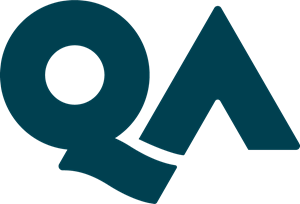

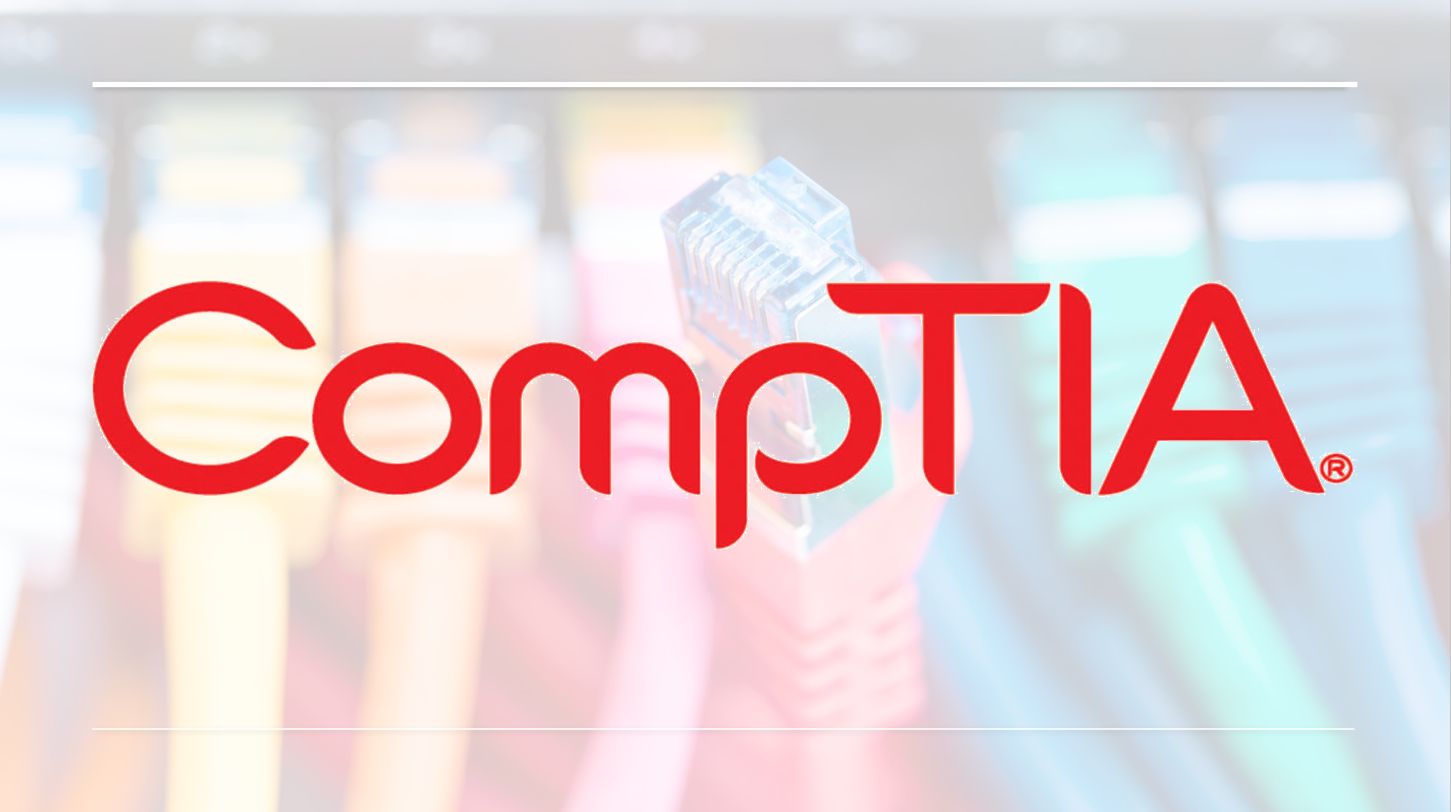

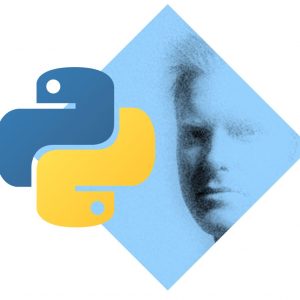
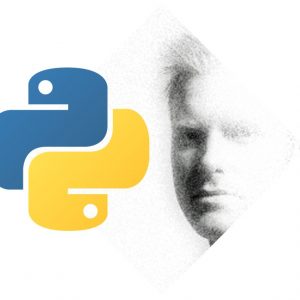
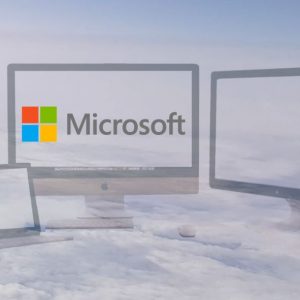
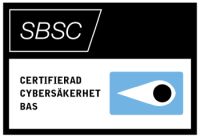
Recensioner
Det finns inga recensioner än.